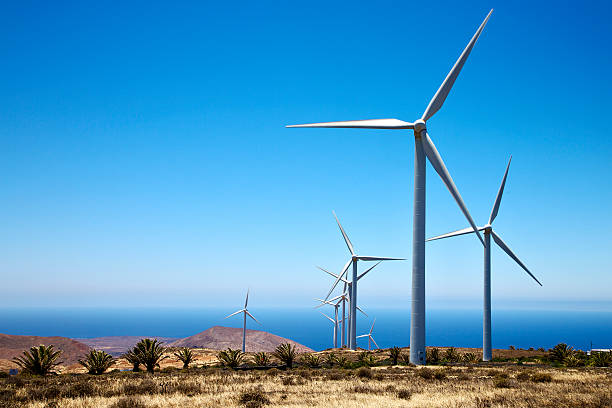On Thursday, South Africa signed the first three of several contracts with independent producers to supply wind energy as the number of blackouts in the continent’s most developed economy increased.
The nation, which relies heavily on coal, chose 25 wind and solar projects to produce a total of 2,583 megawatts, or around 4.5 percent more power than it could now produce. Before the end of 2024, the first projects are not anticipated to be completed.
According to frequently accepted statistics, South Africa’s state-owned power utility Eskom, which has long enjoyed a monopoly on power production and delivery, presently produces an average of 26,000 MW of electricity per day compared to the country’s 32,000 MW demand.
The national statistics agency StatsSA said in a report earlier that electricity production dipped by 7.7 percent in July compared to the same time last year.
The agreements were signed on Thursday by Minister of Mineral Resources and Energy Gwede Mantashe. For the past 15 years, Eskom has been introducing power outages. Because of aging, inadequately maintained coal-fired plants, years of poor management, and corruption, Eskom is unable to meet demand for energy. Coal is used to make 80% of the electricity in South Africa.
This month’s official data revealed that the energy crisis contributed to the GDP decline.
President Cyril Ramaphosa announced in July that his government would open up to private investments in the electricity sector in a desperate attempt to end the frustrating cuts, and he cut short his trip to the US on Tuesday to return home from the Queens’ burial in London to address the power crisis.
He also said the country which already imports electricity around 200MW from some of its neighbours when the grid is constrained, would buy more from Botswana and Zambia.

